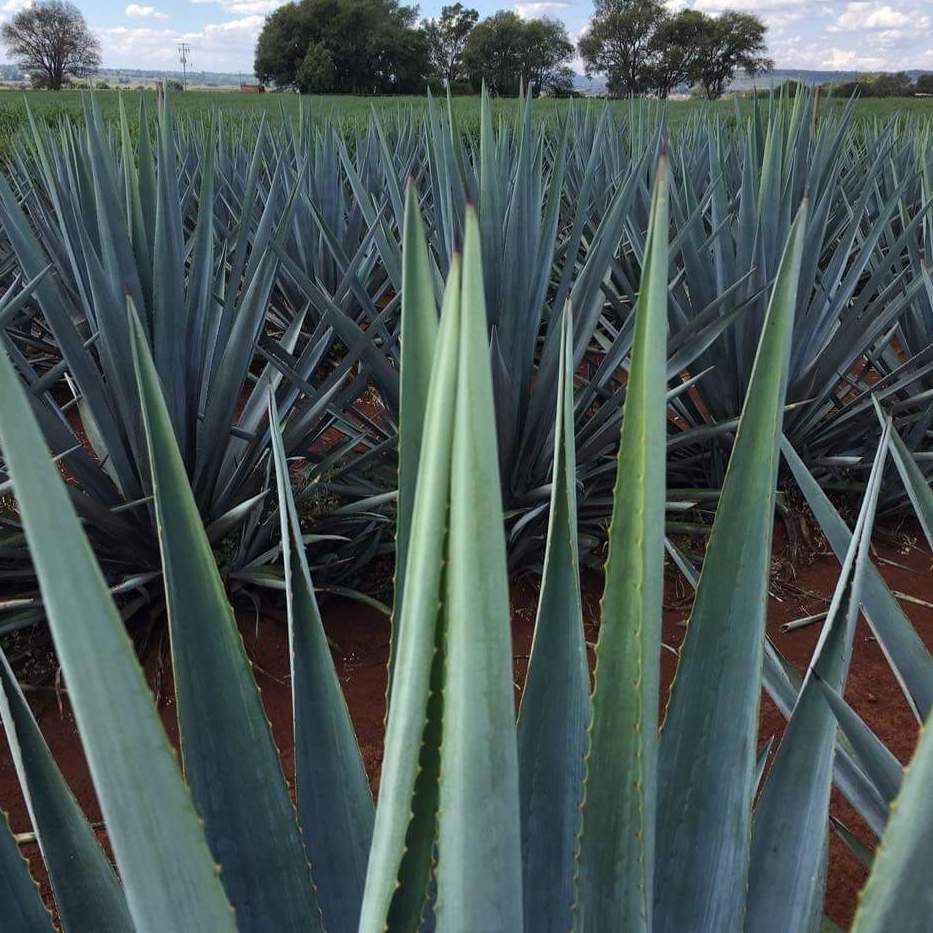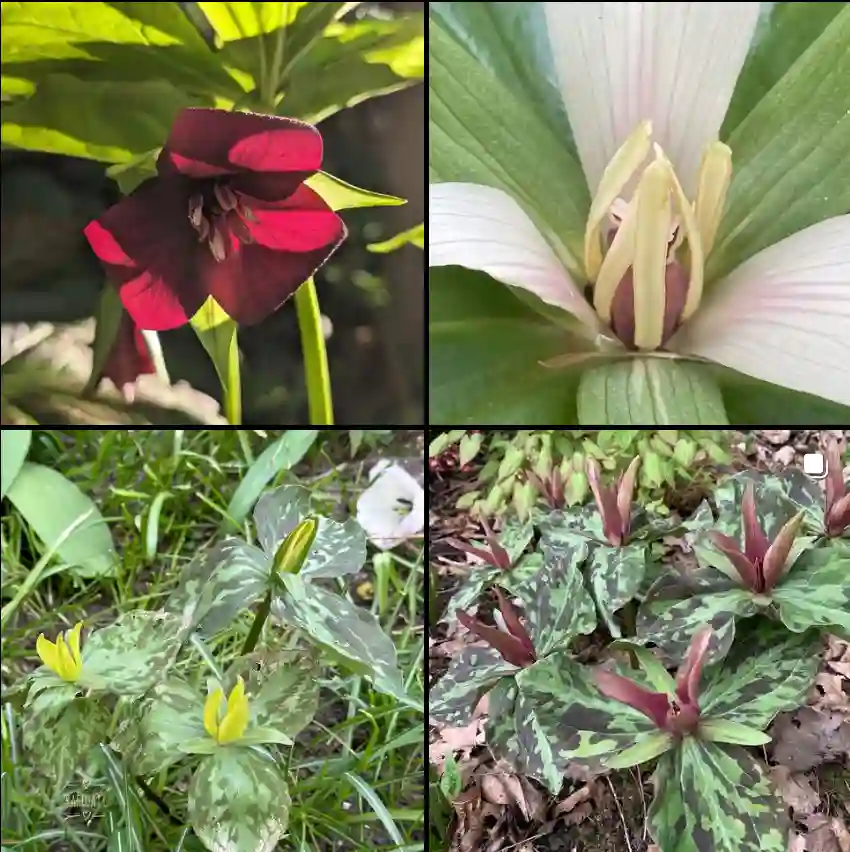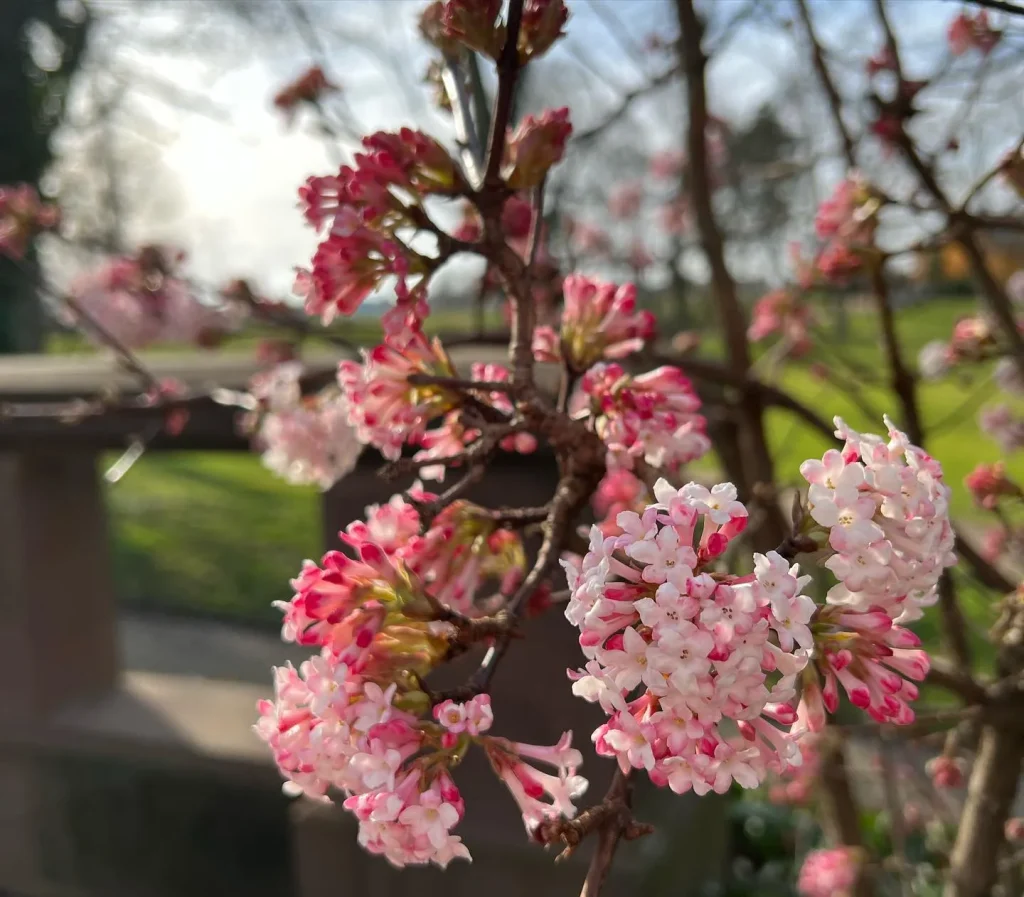FAQs About Dahlia Coccinea: What You Need to Know
When it comes to vibrant, eye-catching blooms, Dahlia Coccinea stands out. I’ve spent quite a bit of time growing and caring for this plant, so I thought I’d share some insights based on my experiences. From basic care to troubleshooting common problems, here’s everything you need to know about Dahlia Coccinea.
What is Dahlia Coccinea?
Dahlia Coccinea, often referred to as the “Scarlet Dahlia” or “Coccinea Dahlia,” is a striking perennial known for its vivid red flowers. Unlike other Dahlias, this variety is admired for its bright color and somewhat smaller, more delicate blooms. It’s a great choice for adding a splash of color to gardens and floral arrangements.
41 Species in Genus Dahlia
How to Care for Dahlia Coccinea?
Caring for Dahlia Coccinea is relatively straightforward, but there are a few key points to keep in mind:
- Sunlight: These Dahlias thrive in full sun. Aim for at least 6 to 8 hours of direct sunlight each day to ensure robust flowering.
- Soil: They prefer well-draining soil. A mix that includes compost or organic matter can help improve soil structure and fertility.
- Watering: Regular watering is crucial, especially during dry spells. However, avoid waterlogging the soil as it can lead to root rot.
- Fertilizing: Feed your Dahlia Coccinea with a balanced fertilizer once a month during the growing season. This promotes healthy growth and vibrant blooms.
- Deadheading: To encourage continuous blooming, remove spent flowers regularly.
- Pruning: Cut back the plant after the blooming season to prepare it for the next year.
How to Propagate Dahlia Coccinea?
Propagation of Dahlia Coccinea is best done through tuber division or seeds:
- Tuber Division: In the spring, dig up the tubers and divide them into sections, each with at least one eye. Replant these sections in well-prepared soil.
- Seeds: You can also grow Dahlia Coccinea from seeds. Start them indoors 6 to 8 weeks before the last frost. Transplant the seedlings outdoors after the danger of frost has passed.
What to Plant With Dahlia Coccinea?
Pair Dahlia Coccinea with other plants that complement its vibrant color:
- Black-eyed Susans: Their yellow flowers create a striking contrast with the red Dahlias.
- Coreopsis: The cheerful blooms of Coreopsis work well with the bold color of Dahlia Coccinea.
- Salvia: With its tall, spiky blooms, Salvia adds a different texture and additional color.
- Ornamental Grasses: They provide a nice backdrop and contrast to the bright blooms.
Is Dahlia Coccinea Toxic?
Dahlia Coccinea is generally considered non-toxic to humans and pets. However, it’s always a good idea to avoid ingestion and keep an eye on pets that might chew on plants.
Benefits of Dahlia Coccinea
- Colorful Blooms: The vivid red flowers add a burst of color to any garden or floral arrangement.
- Long Blooming Period: Dahlia Coccinea can bloom from midsummer to fall, providing a long-lasting display.
- Low Maintenance: Once established, these plants are relatively low maintenance and can thrive with minimal intervention.
- Attracts Pollinators: The bright blooms attract butterflies and bees, which can benefit the overall garden ecosystem.
Common Problems with Dahlia Coccinea
- Powdery Mildew: This fungal disease appears as white, powdery spots on leaves. Improve air circulation and avoid overhead watering to prevent it.
- Aphids: Small, sap-sucking insects can infest Dahlia Coccinea. Regularly check for aphids and use insecticidal soap if necessary.
- Slugs and Snails: These pests can damage the foliage. Use slug bait or barriers to keep them away.
- Tubers Rot: Ensure good drainage to prevent tuber rot, which can occur in soggy soil.
Compare Dahlia Coccinea with Similar Dahlias
If you’re considering Dahlias, you might also look at:
- Dahlia ‘Bishop of Llandaff’: Known for its dark foliage and red flowers, this variety has a more dramatic appearance compared to Dahlia Coccinea.
- Dahlia ‘Cafe au Lait’: With its large, creamy blooms, this variety offers a different color palette and flower size.
- Dahlia ‘Black Beauty’: This one features deep, dark blooms and can offer a contrast to the bright red of Dahlia Coccinea.
In conclusion, Dahlia Coccinea is a wonderful addition to any garden with its vibrant color and ease of care. Whether you’re a seasoned gardener or a newbie, this Dahlia variety offers beauty and charm with minimal fuss.
If i die, water my plants!



